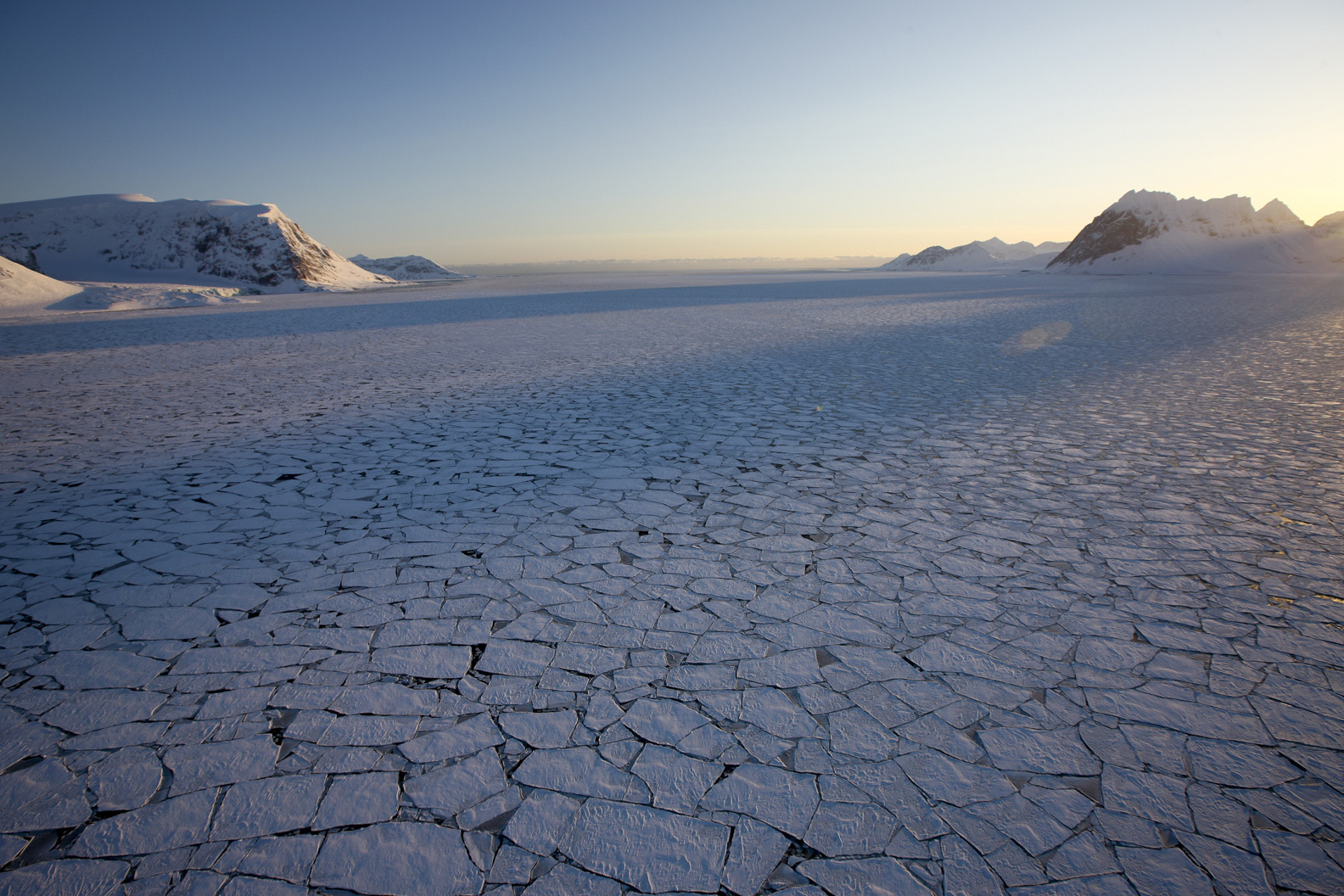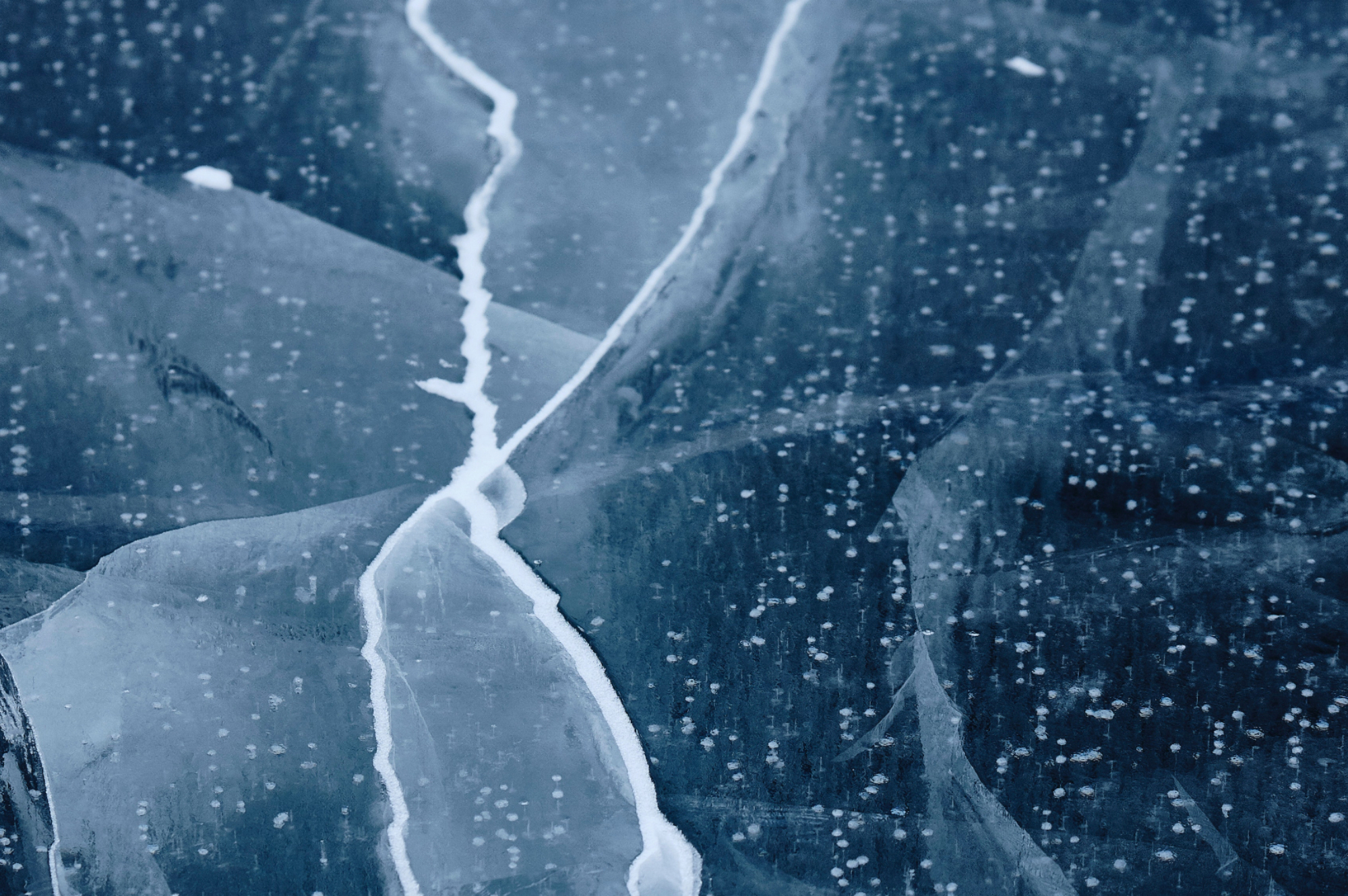The inhospitable and merciless side by side with the delicate and vulnerable.
Northern areas are precious and pristine, yet vulnerable. Working and living here demands a deep awareness of the way behavior and actions impact nature and an understanding of how to minimize our footprint in order to preserve the uniqueness of the North. Northern Norway Film Commission aims for green and sustainable film & TV production in all steps and in all actions in our region.
Climate changes are felt first and foremost in the Arctic.

The Arctic is warming more rapidly than other regions on the planet, and the northern Barents Sea, including the Svalbard Archipelago, is experiencing the fastest temperature increases within the circumpolar Arctic, along with the highest rate of sea ice loss.
This is a concern we share with the film & TV industry in the North. The Norwegian-Russian-Finnish-Swedish project Green Ice Camera has developed guidelines for sustainable film & TV production in the Euro-Arctic Region (The Barents Region).

Achieving more sustainable media production, in general, is also a concern and a goal shared by many players in the film & TV industry internationally. Acknowledging that large-scale media productions can often put a strain on nature, there is increasing emphasis on finding smart and practical solutions, both in regards to the way we think and the way we work to reduce environmental footprints. Subsequently, this may also lead to increased cost-efficiency.
You can read more about this here:
https://greenfilmshooting.net/blog/en/about-us/
https://www.greenproducers.club/
https://www.green.film/ - download
CODE OF BEST PRACTICES IN SUSTAINABLE FILMMAKING WEB RESOURCES
Facebook Group Agora for Sustainable Filming
Film i Väst: A study in Green – The Detective, the Film Industry & the Eco Villain
